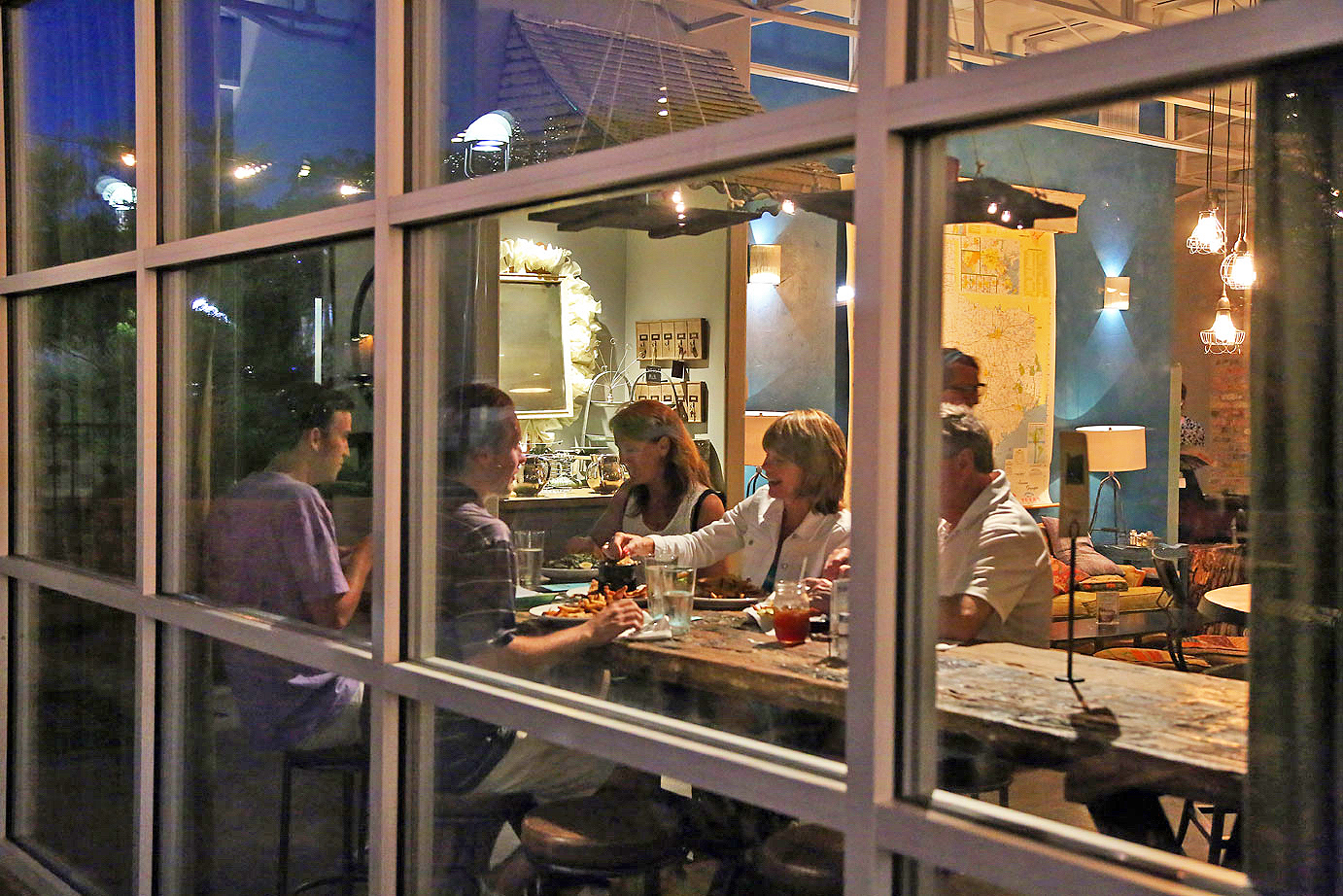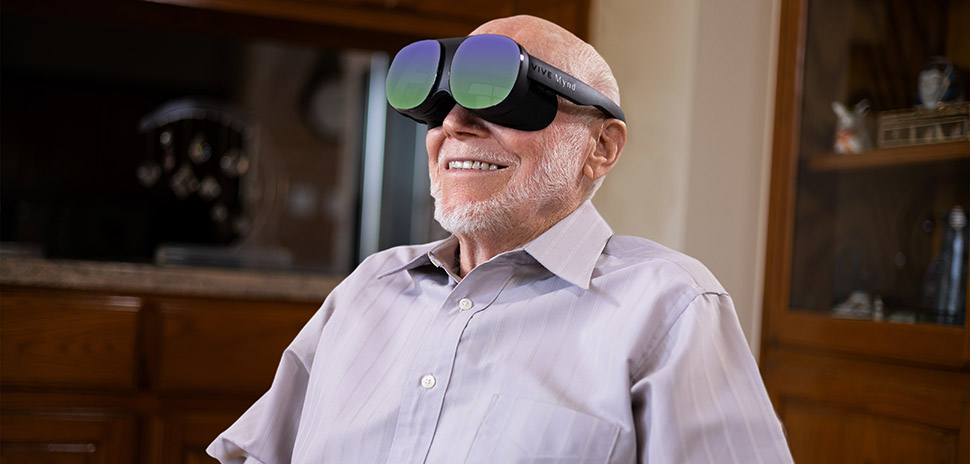Fort Worth’s Near Southside is home to hospitals and big business, but it also has become a gathering point for many people at its restaurants, shops and apartment communities. (Photo courtesy Fort Worth Convention and Visitors Bureau)
“THE COMMON MANTRA these days is that technology is driving humans farther apart, but Fort Worth’s Near Southside is proof that the exact opposite is happening,” said Bruce Katz, a global urbanization specialist at the Brookings Institute.
“Even though we can FaceTime, text, teleconference, and Skype, real face time is king again,” Katz argues.
“Before, major companies would do innovation in isolation,” Katz said. “Now, a lot of companies are crowdsourcing innovations,” Katz said. “You want to have companies that are close to research universities or research hospitals. The geography of isolation is changing.”
“Real face time is king again.”
Based in Washington D.C., Katz recently toured the Near Southside neighborhood in Fort Worth where the Brookings Institute partnered with Robert M. Bass and his family for the Initiative on Innovation and Placemaking.
It’s all about taking a new approach to city-building and building vibrant public spaces.
Think of placemaking as something that makes an area look and feel unique. If you’ve seen one strip center or retail shopping center, you’ve seen them all. The key is to build landmarks and parks and open spaces that make people feel like they are somewhere special. Sundance Square, another Bass family project in downtown Fort Worth, is a good example.
FORT WORTH: AN ECLECTIC MICRO-ECONOMY
“I found Fort Worth actually to be one of the most eclectic micro-economies I’ve ever encountered,” Katz said.
The 1.4-square-mile Near Southside neighborhood features everything from cultural and fine arts to hospitals and beer and whiskey manufacturing.
“Innovators have a strong desire to be close to each other.”
It’s home to Cook Children’s Health Care System, JPS Health Network, Texas Health Resources Harris Methodist, Baylor Scott & White, HCA’s Plaza Medical Center and the University of Texas Southwestern’s Moncrief Cancer Institute.
The mixed-use area also features restaurants, homes and stores that are walkable, the opposite of your typical vehicle-reliant sprawl.
Read more about the Near Southside here.
This phenomenon reverses decades of suburban sprawl where cities literally walled off their different land uses through zoning categories. Houses here, offices here, retail here. Of course, that’s still happening in North Texas and it always will.
PROXIMITY POWERS INNOVATION
But today’s innovators have a strong desire to be close to each other.
Companies such as General Electric will enlist the help of smaller inventors to come up with new products. It’s the same in the health care industry, Katz said.
“There’s clearly an empty nester phenomenon in the United States who want to live closer to the core of the cities, closer to the cultural venues.”
“I think nationally we are definitely seeing a revival of not just downtown but near downtown areas,” Katz said. “Many of these places have a lot of the institutional assets that are powering the innovation economy.”
A strong talent pool is flocking to these areas to fill these jobs, too.
It’s not just the younger generation that’s drawn to the vibrant street life in places such as the Near Southside in Fort Worth or Uptown Dallas.
“There’s clearly an empty nester phenomenon in the United States who want to live closer to the core of the cities, closer to the cultural venues,” Katz said.
Photo courtesy Fort Worth Convention and Visitors Bureau.
For a daily dose of what’s new and next in Dallas-Fort Worth innovation, subscribe to our Dallas Innovates e-newsletter.

































